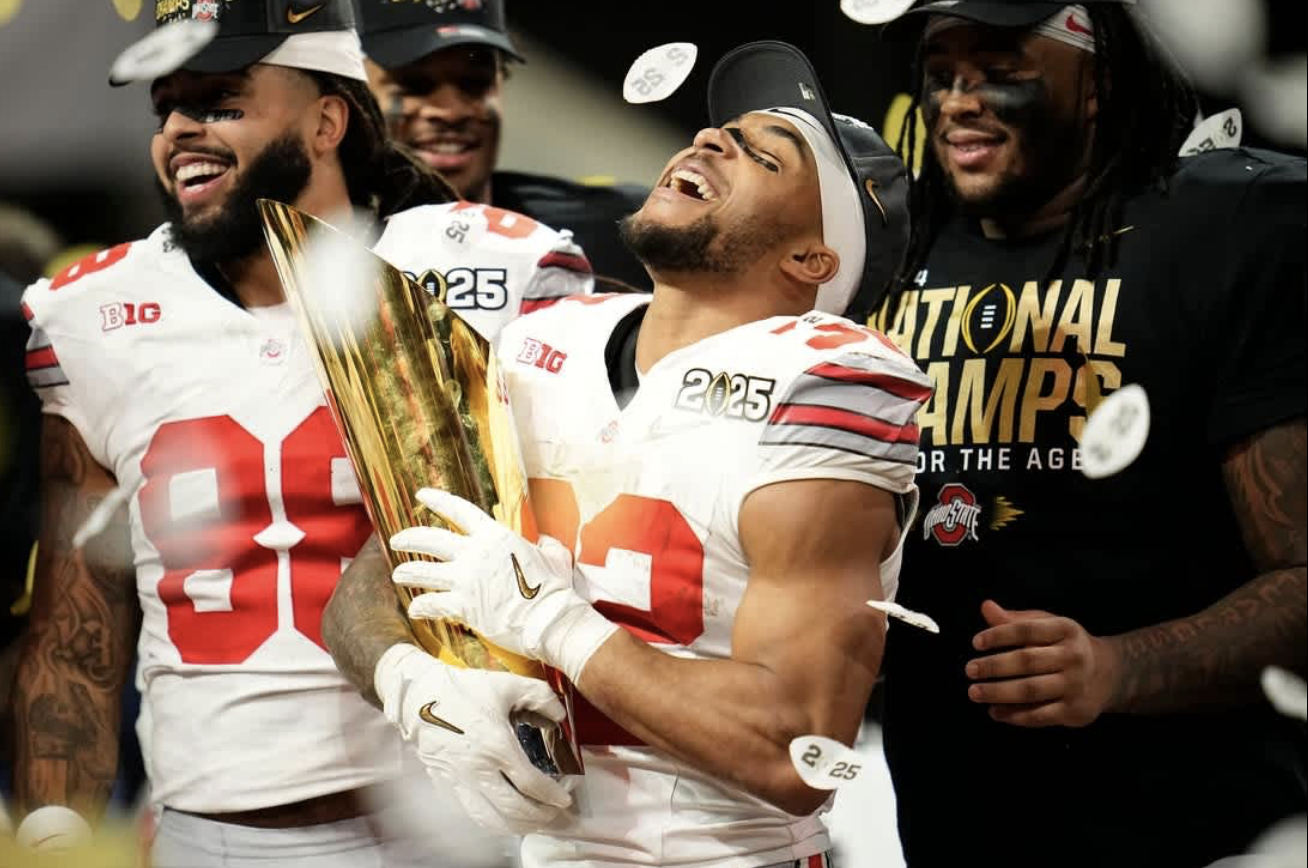Big Ten Proposes Massive College Football Playoff Expansion to 28 Teams

Key Takeaways
The Big Ten has proposed a massive College Football Playoff expansion to 24 or 28 teams, eliminating conference championship games and offering significantly more automatic bids to power conferences.
In the 28-team model, the Big Ten and SEC would each receive seven automatic bids, while the ACC and Big 12 would get five each, with only two spots for Group of Five conferences and two at-large selections. Under current financial arrangements, Big Ten and SEC members already receive about $21 million annually compared to $13 million for ACC programs and $12 million for Big 12 schools, and this expansion would likely widen that revenue gap further.
The Business Case Behind Expansion
Big Ten Commissioner Tony Petitti pitched these radical expansion concepts to conference athletic directors this week, though the proposals remain in very early stages. The timing reflects broader tensions over playoff format negotiations, as conferences must finalize agreements before ESPN's new contract spanning 2026-2031 takes effect.
The current 12-team playoff already generates substantial revenue, with participating teams earning $4 million for first-round appearances, $4 million for quarterfinals, $6 million for semifinals, and $6 million for championship games. The proposed 28-team format would place 20 playoff games on campus sites, building on the success of last year's opening rounds while dramatically increasing television inventory and ticket revenue.
The proposal faces significant backlash from fans and some administrators. Critics view the expansion as purely profit-driven, with many calling it "stupid" and expressing concern that extending seasons to potentially 20 games would discourage draft-eligible players from participating. However, former Alabama coach Nick Saban supports expansion to 14-16 teams, noting that traditional bowl games have already diminished in significance.
This development reflects college football's rapid commercialization acceleration. ESPN is paying more than $1.3 billion annually to televise playoff games, while some players now receive millions through name, image, and likeness deals. For business leaders and cultural influencers in our community, understanding these structural changes provides insight into how major sports properties evolve when market forces overwhelm traditional governance structures.




